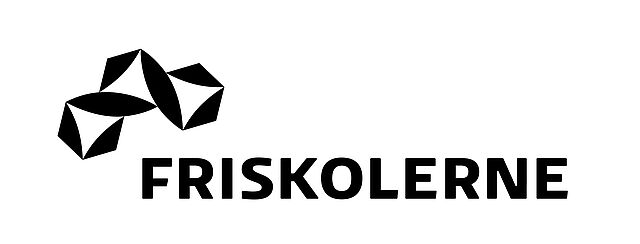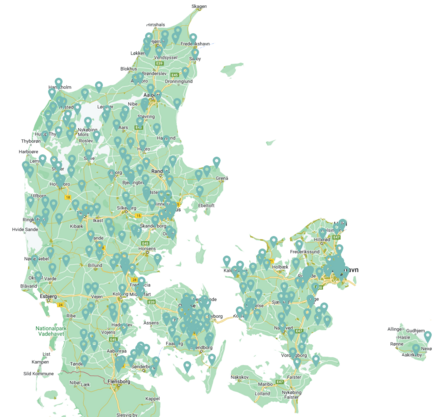The history of the free schools is more than 150 years old
The Danish free schools emerged as a part of a grassroot movement in the 1800s. Grundtvig and Kold claimed the parents' rights to choose their children's education and in the year of 1855 the right was firmly established in the Friskole Act.
A Time of Grassroot movements
The free schools began with the grass roots movements, which from the middle of the 1800s transformed Danish society. Before then, Denmark had an absolute monarchy with a paternal king who felt he knew better than the "common" man. This regarded all matters: politics, education, religion and business. But in the middle of the 1800s, the population began to feel that they were capable of taking responsibility for their own affairs.
When ministers were incompetent, groups of people established free congregations, and the congregations hired their own ministers. When the merchants made a profit on agriculture, cooperative dairies and slaughterhouses were established. When they felt the grocer was making too much of a profit, cooperative stores were founded. Where there was no place to discuss, meeting halls were built.
A New Way of Thinking
Along with the transformation of the society, a new way of thinking about learning and education emerged.
Two people key to the new ideas were the poet N.F.S. Grundtvig and the teacher Christen Kold. From their perspective learning goes beyond the school institutions that only last for a certain amount of years, depending on one's place in society. Learning is instead life-long, and relates to the essence of the individual's being in the world.
Grundtvig and Kold introduced the pedagogical method of the narrative. The narrative, expressed in poetry and songs, bonded people as they had a common reference. Similarly, the narrative presented the child for the mythical, the mystery of life and existence - essentials for living a true life as an individual, and as a member of society.
The beginning of free schools
The free schools emerged as an alternative to the state schools. Based on the idea that it was better if parents taught their own children, it was important that the teachers were knowledgeable, but more important was that they could act as parents. The school was seen as a continuation of the home, and of the values of the homes.
The principle of rights of parents can be traced back to the first school Act of 1814 - »The responsibility of sending one´s child to school was negated for those who took the responsibility for the child´s education«.
This provision was most likely intended for the upper class who could afford to hire private tutor. But during the 1830s, it became rather quickly established that there wasn´t compulsory schooling for the children of the ordinary man either if the parents provided education themselves.
With the event of the Friskole Act in 1855, the rights of parents was firmly established, and later legislation has further developed the principle. From 1908 when free schools were assured state grants, the state began to pay for the right of alle parents to decide how their children would be educated, regardless of their economic situation. This is still the fundamental thinking of the state subsidy.
The tradition of free schools in Denmark is long - growing from below for more than 160 years. Free schools in Denmark have roots in education at home, but this option is not very often used today - however it is the fundamental principle of freedom of education in Denmark.
Booklet about the Danish free schools.
More about »efterskole« (boarding schools) and »højskole« (folk school)



